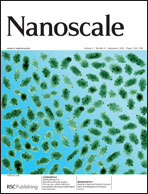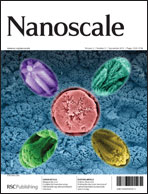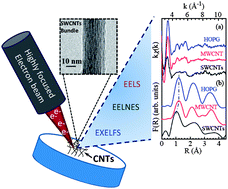Modelling zinc oxide nanoparticle formation could provide new insights into how snowflakes form as well as aiding nanoscale device research, say Chinese scientists.

Different patterns are fomed depending on the coverage of the surface
Snowflakes are formed in the atmosphere via complicated crystallisation and melting processes. What exactly happens is one of the great mysteries of nature but despite unwavering interest, the formation mechanism remains unknown. In addition to being a curiosity, this knowledge could have important scientific and technological relevance by providing insights into crystal growth dynamics and pattern formation during solidification. This could help in nanoscale device self-assembly.
Hong-Jun Gao and his team at the Chinese Academy of Sciences in Beijing have found that when synthesising ZnO nanoparticles under appropriate conditions, symmetric patterns resembling snowflakes are formed on the surface. ‘It is a fortuitous discovery to some extent,’ says Gao.
To view the full Highlights in Chemical Science article, please click here: Zinc oxide snowflakes
Link to journal article
Atomic-scale tuning of self-assembled ZnO microscopic patterns: from dendritic fractals to compact island
Chen Li, Guo Li, Chengmin Shen, Chao Hui, Jifa Tian, Shixuan Du, Zhenyu Zhang and Hong-Jun Gao, Nanoscale, 2010
DOI: 10.1039/c0nr00421a
 VER ARTICLE
VER ARTICLE














 Managing Editor, Philip Earis, will be at the ACS Fall 2010 National Meeting and Exposition in Boston.
Managing Editor, Philip Earis, will be at the ACS Fall 2010 National Meeting and Exposition in Boston. 
